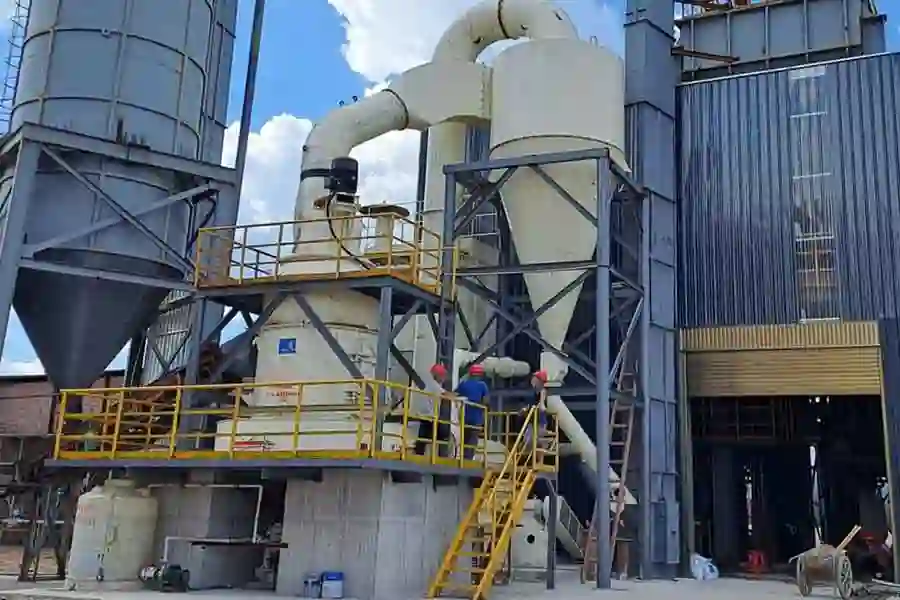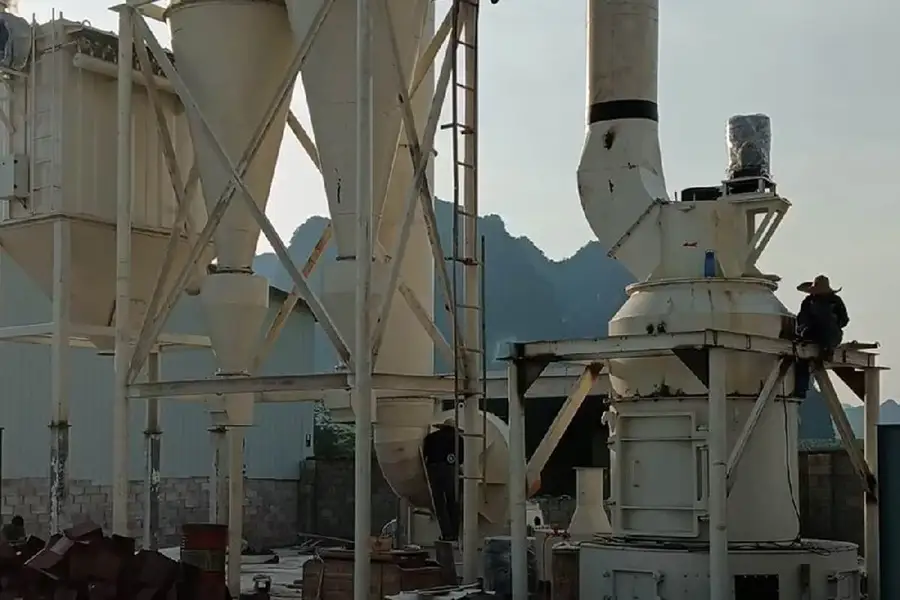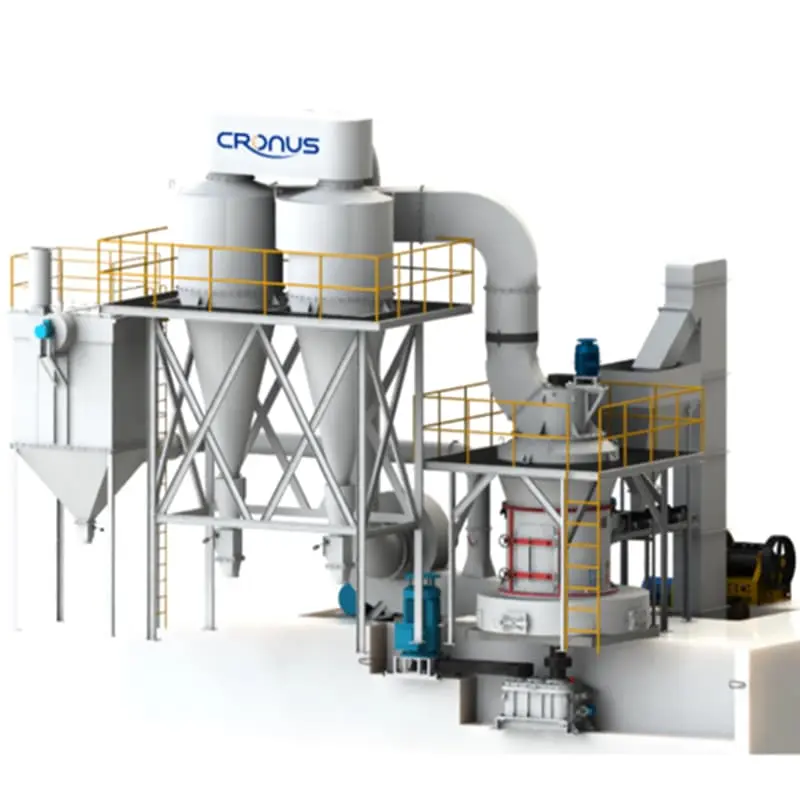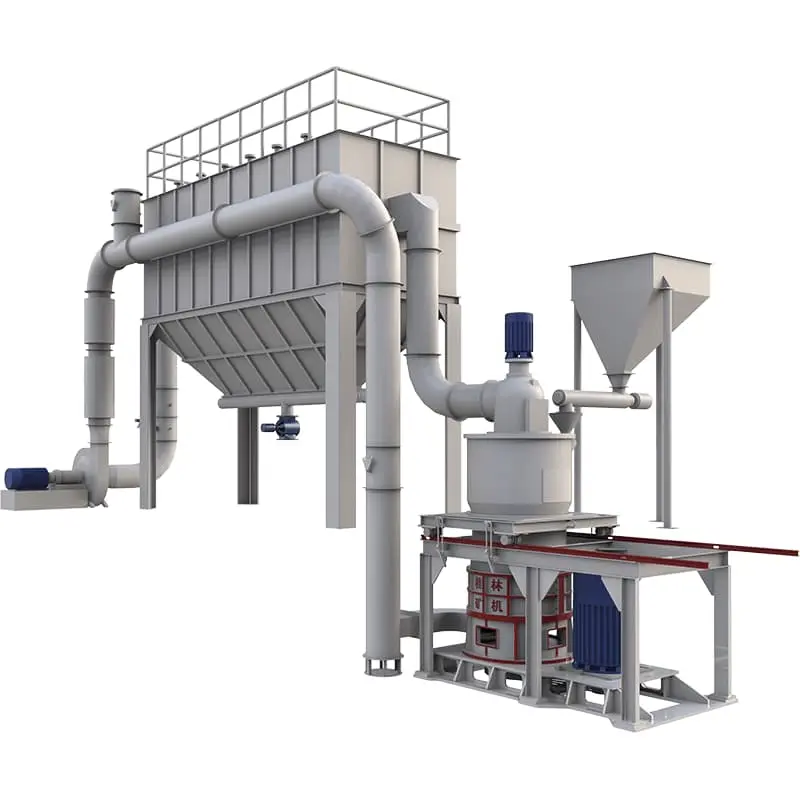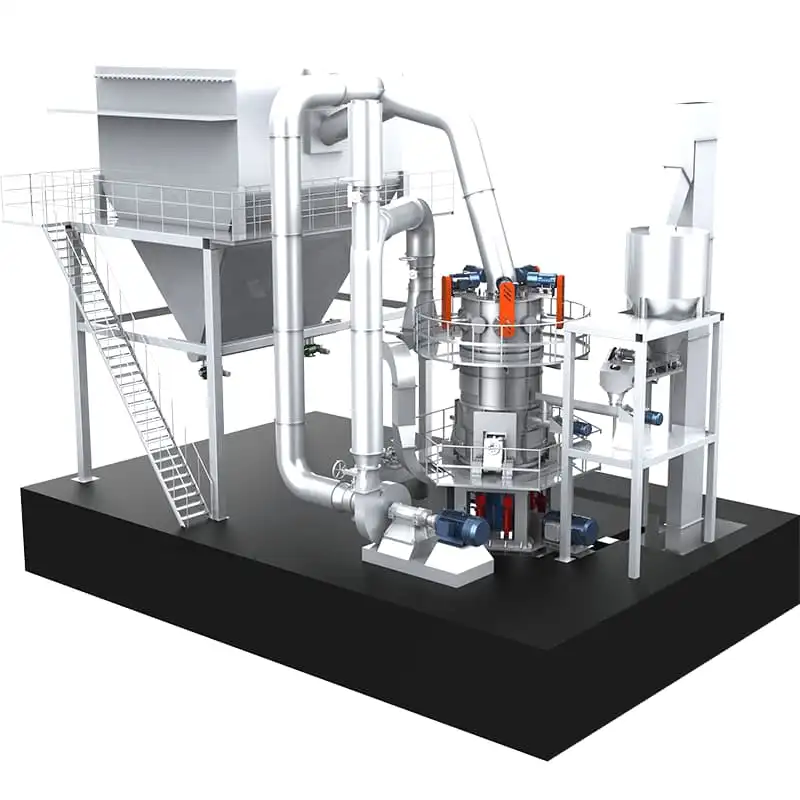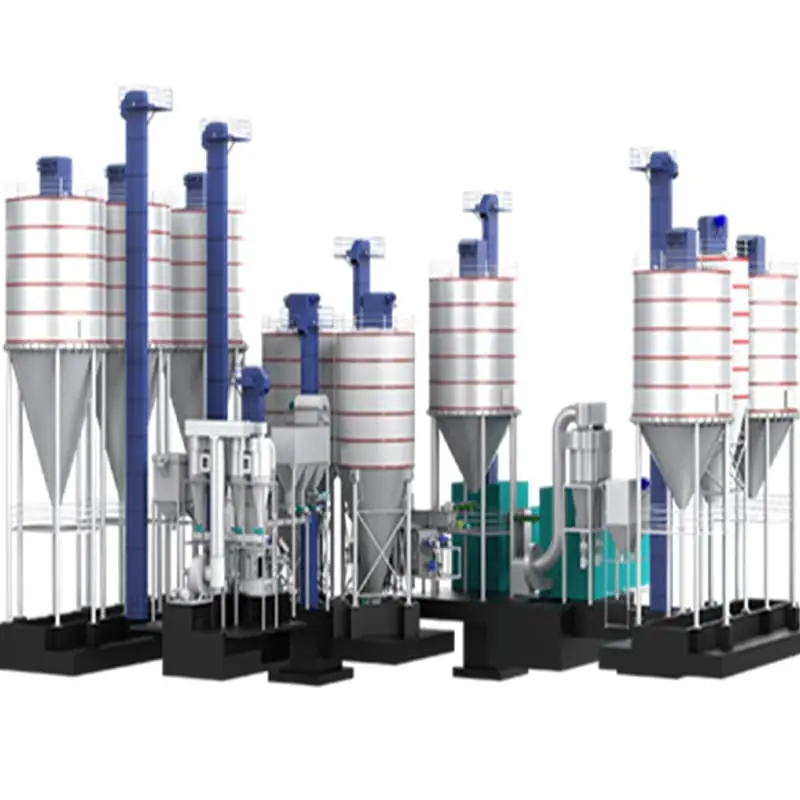- Vertical grinding mill processes calcium carbonate
- Vertical grinding mill processes talc
- Vertical grinding mills process barite
- Ultrafine grinding mill processes iron oxide red
- Mongolian mill processing siderite
- Raymond mill processing blast furnace slag
Telephone:
+86-18290113988 (whatsapp) Kase
+86-13248239223 (whatsapp) Cecilia
+86-17317879223 (whatsapp) Fandi
+86-19921225405 (whatsapp) Luna
Email:sales@shcronus.com
Superfine grinding mill processes bauxite
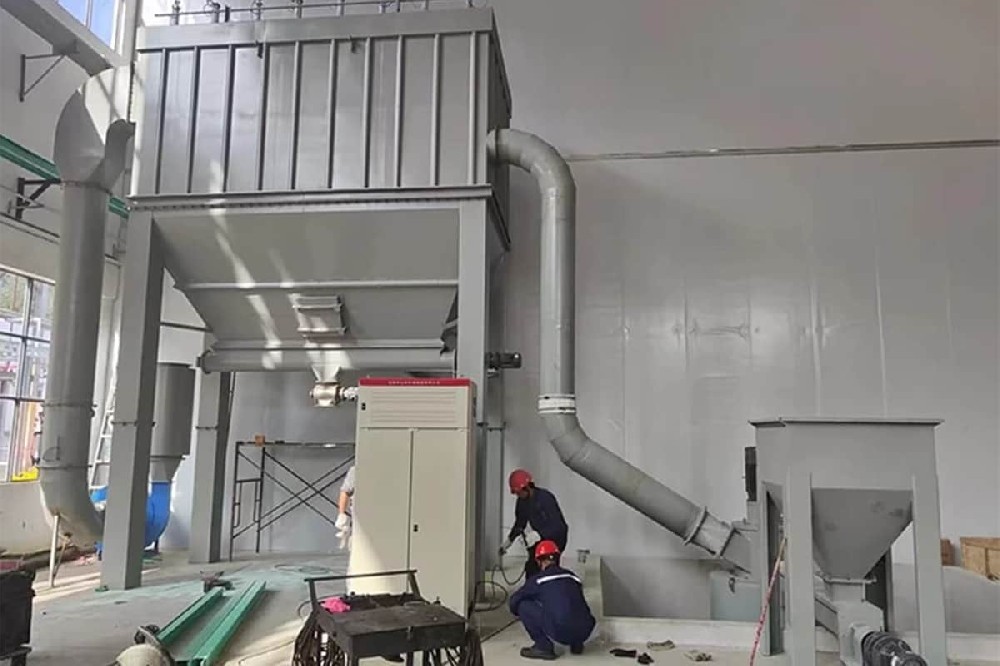
- Publication time:2025-08-08
- Click:13
Bauxite and Superfine grinding mill
Bauxite has a wide range of applications. More than 90% of it is used in aluminum smelting. Alumina is produced through the Bayer process and then electrolyzed into metallic aluminum. It is also used in fields such as refractory materials and abrasives.
The Superfine grinding mill is a key equipment for bauxite processing. Its core structure includes grinding rollers, grinding rings, classifiers, and a transmission system. During processing, the feeder sends bauxite into the mill. The grinding rollers roll on the grinding ring driven by the transmission system, and the bauxite is crushed under the action of extrusion and friction. The airflow carries the powder to the classifier for screening. Qualified fine powder is collected by the collection device, and the purified airflow can be recycled.
The Process of Bauxite Processing by Superfine grinding mill
Process flow: The raw ore is first crushed by a jaw crusher and a hammer crusher to less than 30mm. For ores with high moisture content, they are dried by a hot blast stove to a moisture content of less than 5%, and then sent into the Superfine grinding mill for grinding. After that, it is classified by a classification device. Qualified fine powder is collected and packaged. Auxiliary equipment includes bucket elevators, pulse dust collectors, etc.
Process requirements for bauxite grinding: The target particle size is usually 80 - 325 mesh to meet the requirements of Bayer process alumina smelting, etc. The Superfine grinding mill can accurately adjust parameters to reach this range. To avoid over-grinding and control iron contamination, the Superfine grinding mill achieves this through reasonable design and material selection. In terms of moisture control, wet and sticky bauxite with a moisture content greater than 5% needs to be equipped with pre-drying equipment.
Key Point Analysis of Bauxite Processing by Superfine grinding mill
The Superfine grinding mill has significant advantages. Its energy consumption is 20% - 30% lower than that of traditional ball mills. The particle size can be adjusted flexibly to meet different industrial needs. It adopts a closed design, and the dust removal rate is over 99%, meeting environmental protection standards.
Influence of bauxite characteristics: When the moisture content is greater than 5%, it will adhere to components and reduce efficiency, so a drying system is required. The content and type of silicon/iron impurities affect the wear of the equipment. For bauxite with high hardness, wear-resistant materials are needed to manufacture the grinding rollers and grinding rings. For bauxite with high viscosity, it is easy to stick to the wall, and a grinding aid can be added to improve this situation.
Equipment maintenance: After the grinding rollers and grinding rings are worn, they can be repaired by surfacing technology. Controlling the feeding speed and regularly cleaning the powder accumulated in the air duct can prevent material blockage. Selecting non-iron material components and conducting regular inspections can control iron contamination.
Summary
The Superfine grinding mill is a key equipment for bauxite processing. The process includes crushing, drying, grinding, and classification. Compared with ball mills, it saves 20% - 30% energy. Maintenance requires repairing worn parts, cleaning the air duct, and controlling iron impurities to achieve efficient and environmentally friendly production.
向下滚动页面显示"置顶"按钮...


